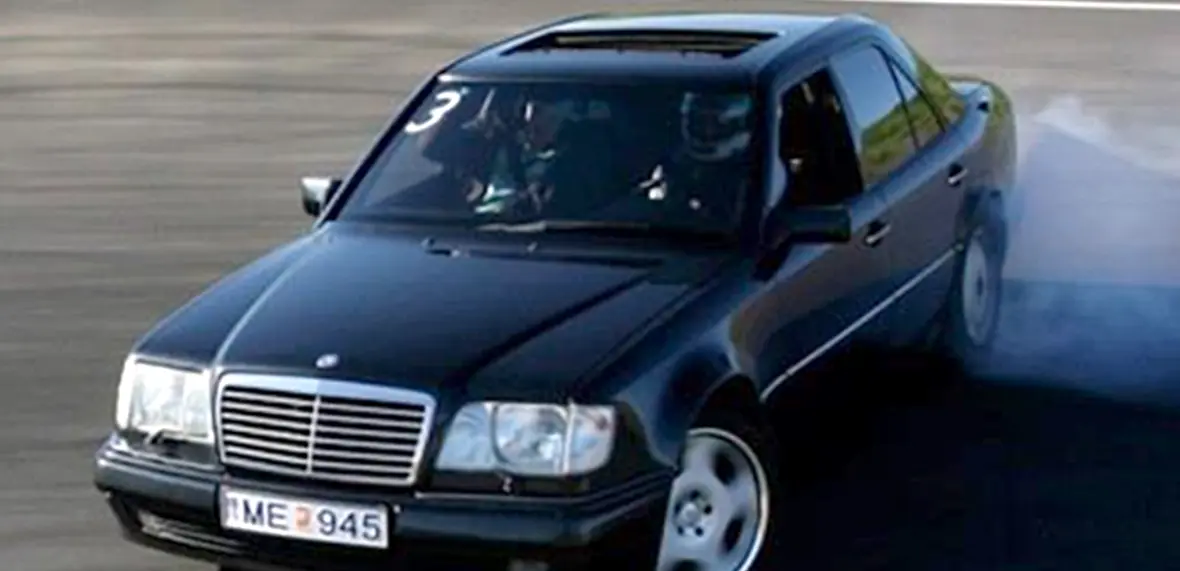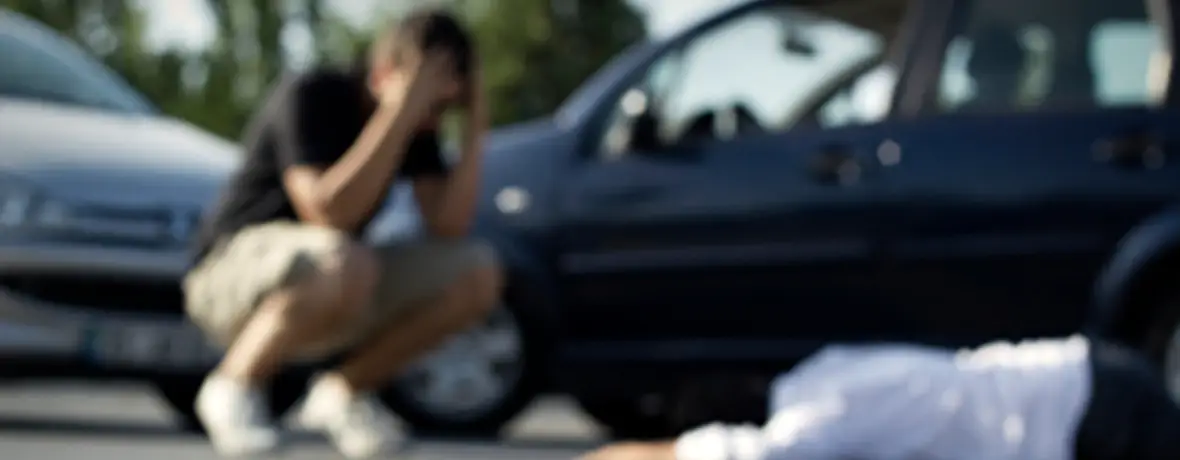The Fatal Intersection of the Drunk Driver and Alcohol Intoxicated Pedestrians
Following on from my previous post, an alcohol intoxicated pedestrian not only faces an increased risk of slips and falls but also runs into conflict with motor vehicles and traffic, including those operated by a drunk driver, with predictable and often tragic results. The more serious the pedestrian accident, the more likely the pedestrian had been intoxicated with alcohol (BAC > 0.150 g/100mL), as shown in the following table (WOA61401). This dangerous interaction between an impaired walker and a potential drunk driver creates a perfect storm on our roadways.
The Heightened Danger of a Drunk Driver for Impaired Pedestrians
Intoxicated pedestrians were more likely to be killed in the countryside than in the city (48% vs 23% of the victims respectively) (WOA61403). This stark statistic highlights the increased lethality of high-speed rural roads where a drunk driver has less time to react. Alcohol intoxicated pedestrians were also more likely to cross the street mid-block rather than at the traffic signals and to be involved in more far-side accidents as pedestrians with high BACs are less able to judge the gap in two directions of traffic, a critical skill when avoiding a drunk driver (WOA61401).
A lower mean BAC was found in pedestrians who were run over by a motor vehicle in the upright position (0.153 g/100mL) than those run over in the prone position (0.214 g/100mL) (WOA61406), suggesting the most severely impaired individuals are less able to brace for impact, even from an attentive driver, let alone a drunk driver.
The relative risk (RR) of pedestrian motor vehicle injury has been found to increase with increasing BACs as shown in the following Table (WOA61405). This curve becomes exponentially steeper when the variable of a drunk driver is introduced into the collision equation. The basis for this increased risk is the impairing effects of alcohol similar to what has been discussed in my previous blog Personal Injury and Alcohol, which cripple the reaction times and decision-making of all involved parties.
A Forensic Link: Impaired Drivers and Impaired Pedestrians
Interestingly, there seems to be a disturbing relationship between alcohol positive drivers and alcohol positive pedestrian victims. In one study, the majority of alcohol positive drivers involved in pedestrian accidents had run over a pedestrian who was also alcohol positive (WOA61404). This finding suggests that impairment attracts impairment, creating a predictable and often fatal synergy where a drunk driver is statistically more likely to encounter an intoxicated pedestrian making poor decisions, with neither party able to avoid the other.
Summary
So, although alcohol intoxicated pedestrians may feel “invincible” due to “Dutch courage”, they have a serious risk of injury or death when confronted with several tons of steel travelling at 60 mph, especially when that steel is controlled by a drunk driver. The legal implications are complex, often involving shared liability between the impaired pedestrian and the criminally negligent drunk driver. Understanding this dynamic is crucial for personal injury lawyers, insurance adjusters, and forensic experts tasked with untangling the causes of these preventable tragedies.
*All the references cited may be found in WOA 2E in the appropriate section according to the number.”
Untangle the complex liability in DUI pedestrian accidents. Our forensic analysis provides the clarity you need.
Drunk Driver FAQs
How does alcohol impairment increase pedestrian accident risk?
Alcohol severely impairs judgment and reaction time, making pedestrians more likely to cross unsafely and less able to avoid vehicles.
What BAC level is most dangerous for pedestrians?
Pedestrians with BAC > 0.150 g/100mL face the highest risk of serious or fatal accidents according to forensic data (WOA61401).
Where are intoxicated pedestrians most likely to be killed?
48% of intoxicated pedestrian fatalities occur in rural areas versus 23% in cities due to higher vehicle speeds (WOA61403).
How does alcohol affect pedestrian crossing behaviour?
Intoxicated pedestrians are more likely to cross mid-block rather than at intersections and misjudge traffic gaps (WOA61401).
What is the relationship between drunk drivers and drunk pedestrians?
Studies show most alcohol-positive drivers involved in pedestrian accidents hit alcohol-positive pedestrians (WOA61404).
How does body position affect injury outcomes?
Pedestrians run over in prone position had higher mean BAC (0.214 g/100mL) than those upright (0.153 g/100mL) (WOA61406).
Why are intoxicated pedestrians more vulnerable?
Alcohol impairs protective reflexes, preventing them from bracing for impact and increasing head injury risk.
What is "Dutch courage" in pedestrian accidents?
This refers to the false confidence alcohol creates, making pedestrians feel invincible when crossing roads.
How quickly does risk increase with BAC levels?
Relative risk of pedestrian injury increases exponentially with rising BAC levels (WOA61405).
Why are these findings important for legal cases?
Forensic BAC evidence is crucial for determining liability in accidents involving impaired pedestrians and drivers.
Recent News

You Can’t Have the Keys to the Mercedes: Understan...
Alcohol impairment is a critical area of forensic research, particularly when it comes to driving...
Read More
FVC and its Critical Relevance to Breathalyzer Tes...
An American criminal lawyer recently enquired about a female asthmatic client he had who was...
Read More
The Fatal Intersection of the Drunk Driver and Alc...
Following on from my previous post, an alcohol intoxicated pedestrian not only faces an increased...
Read More
Are Marijuana Smokers Safer Drivers than Drinkers?...
This is the first blog in the new area of drugs that I will be...
Read More